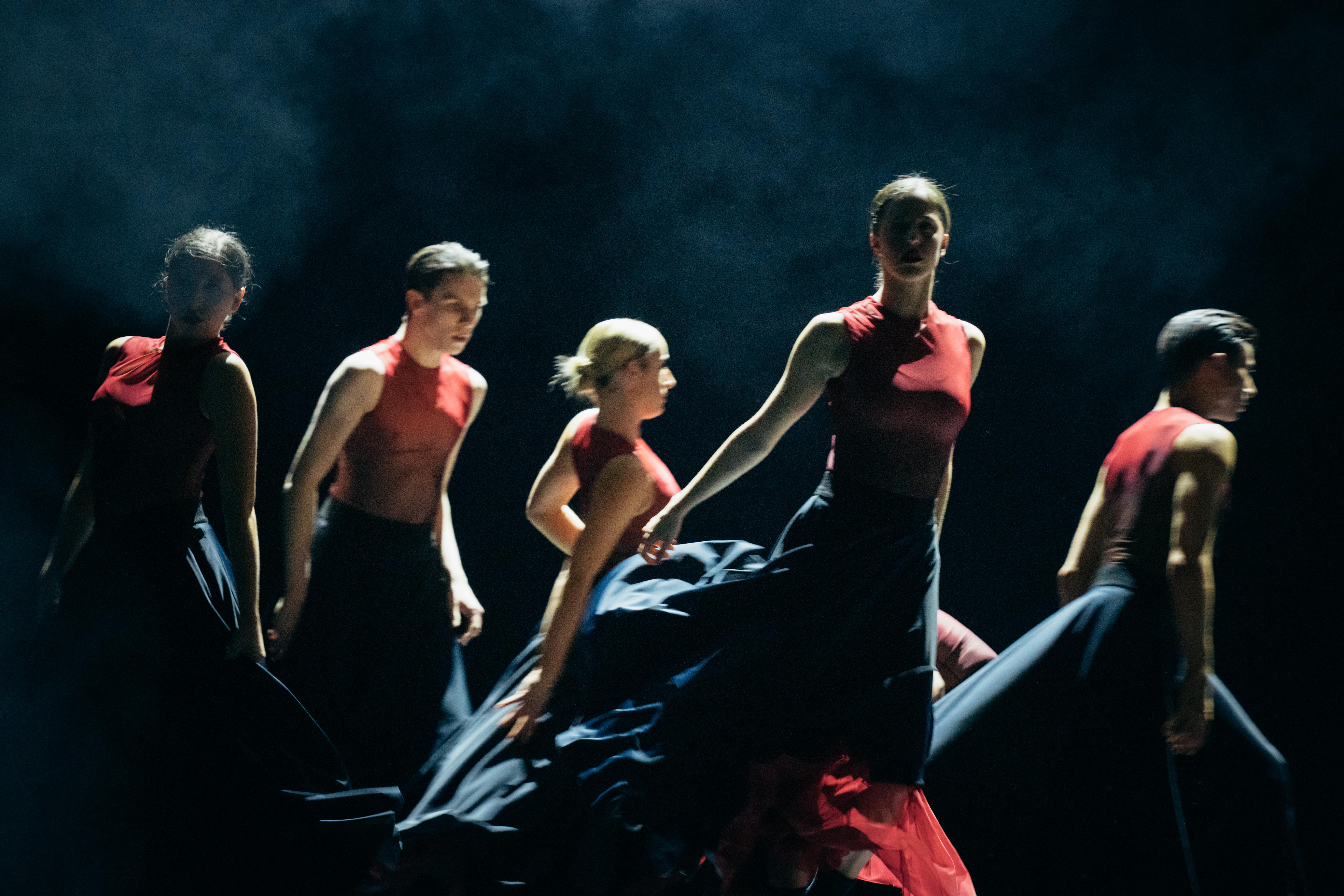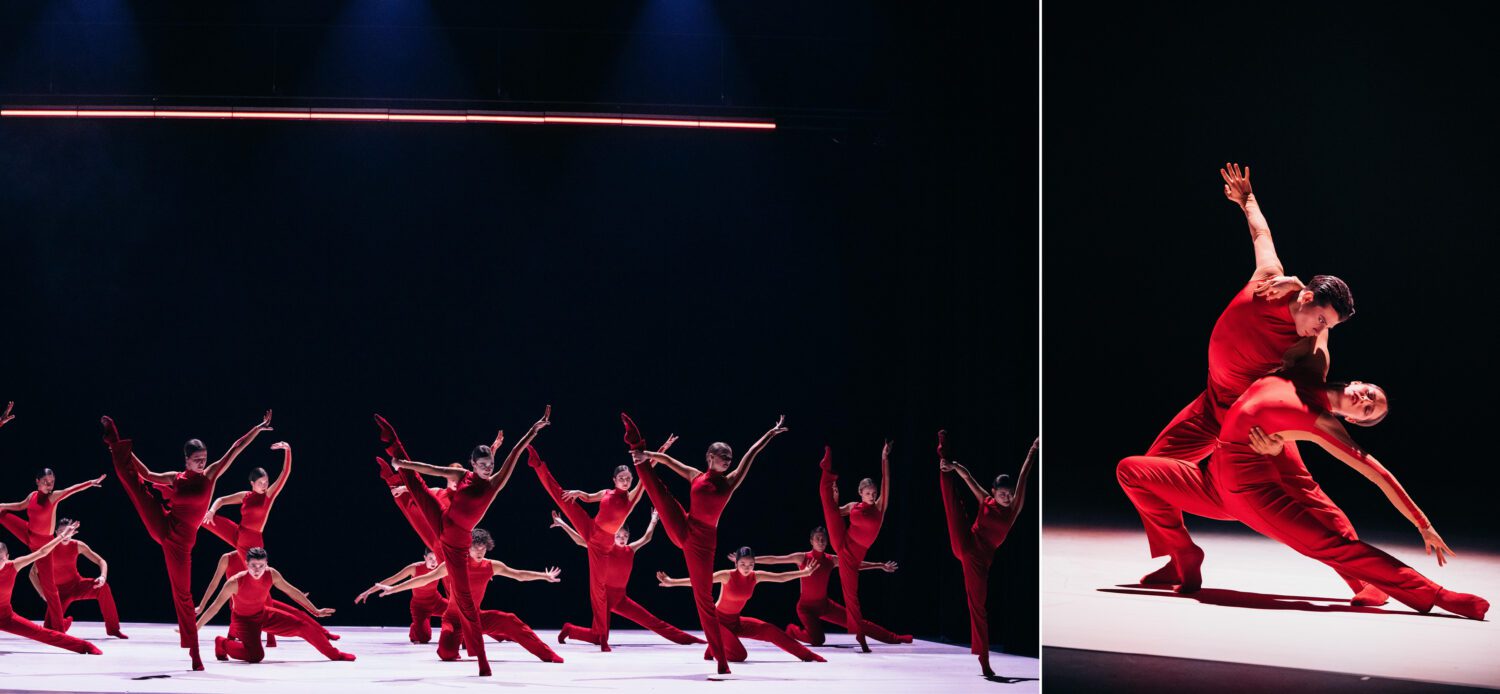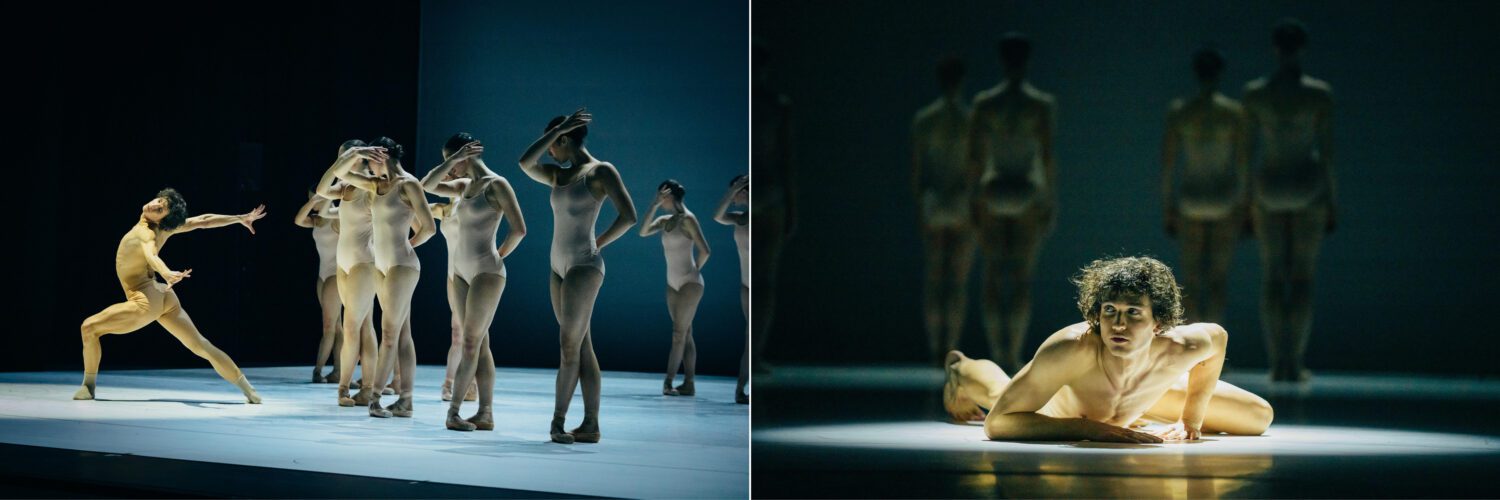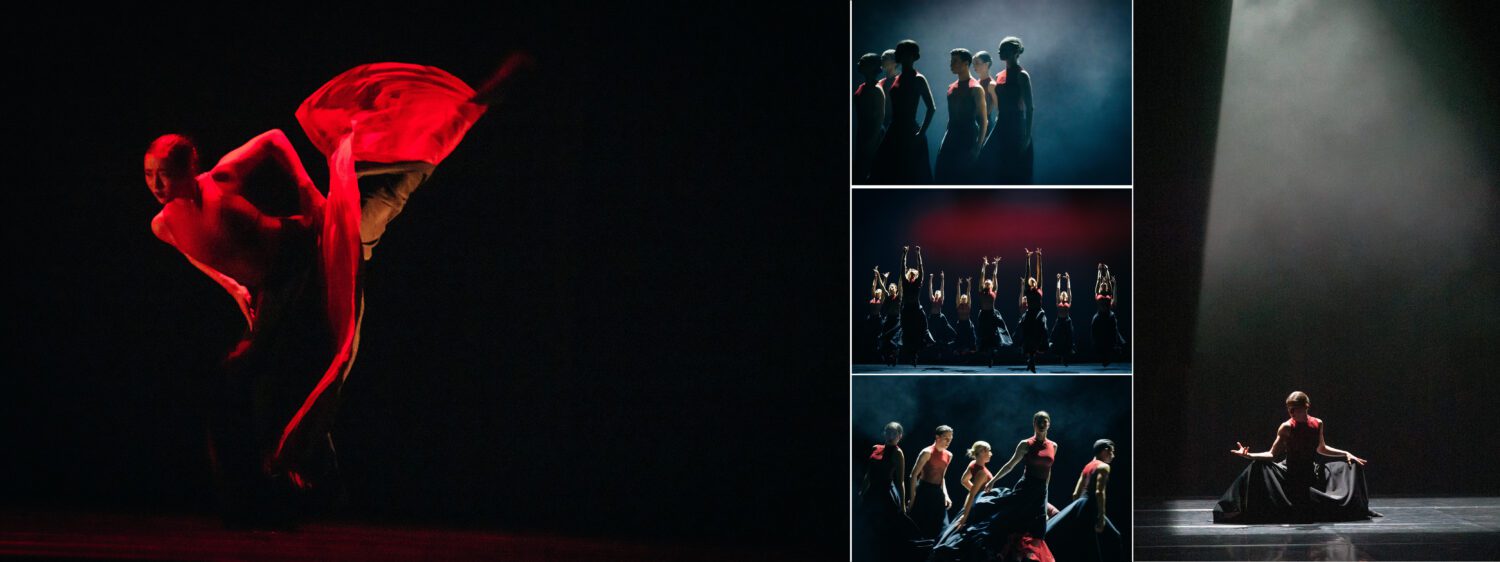FLASH #25 – AND THEN THERE WAS LIGHT
‘Dancers live in light as fish live in water, the stage space in which they move is their aquarium, their portion of air. Within translucent walls and above the stage floor, the lighting supports their flashing buoyancy or their arrested sculptural bodies.
Because dance is fluid and not static, it’s that which makes lighting it so absorbing’.

This illuminating text was written by Jean Rosenthal, an iconic lighting designer for such great choreographers as Martha Graham and George Balanchine. It explains something perhaps few in an audience are aware of – that the relationship between a dancer and their light, between a choreographer and their lighting designer is unique amongst artistic collaborations, as close as a relationship of a composer and their conductor.

As JBA’s premiere performance of FURORE on 27 February 2025 drew to a close, the audience’s rousing applause was of course for the dancers and the choreography; for the thrilling music; for the colourful costumes. But what would remain in peoples’ minds long after the curtain had fallen would be the glowing images, the interplay of movement: the dancers’ sculptural limbs and bodies captured by light and shadow.

Responsible for this pictorial play of light was Spanish-born Gloria Montesinos; an important figure of the European theatrical establishment and with an impressive resumé, well-known for her lighting and set designs not only in Spain but as far afield as Paris and New York.
Brought in at the last minute in 2024, she helped work magic for the JBA production of JAMES and as a result both Alain and Altea were adamant – they needed her expertise for their new creation.

G. Montesinos: “It’s not only a matter of creating lighting spaces for the dancers to move in, it is important from the start that the used pattern, structure and colours will intensify the feelings, emotions and aesthetics of each piece.
My next aim is to direct the audience’s attention to moments in the choreography such as the strong central sections, the entrances, exits as well as the interconnectivity between dancers; to intensify the narrative, and as the work unfolds, draw the public into the dancers’ world.
Thirdly and naturally of huge importance, I put the emphasis on highlighting the bodies and the movement.”
Because of the minimum use of decor in ballet, Gloria knows she has a great deal of artistic freedom in how she ‘paints’ the entire stage with light and shadow, so that dancers really do seem to ‘swim’ in and out of the light.

G. Montesinos: “Unlike the choreography which is mostly created and taught months in advance, the light design only comes to life on stage and in the case of FURORE, I had a minimum of 2 days to get it right. Up and until the last minute of the Antwerp general rehearsal I was adding, removing or changing for everything to fall into place. I want the audience to connect to the works on an emotional level. For that to happen, I need to enhance the drama and usually rely on my ‘sixth sense’ to make the dance, or stage production multi-dimensional.”

Who can forget the glowing images which Gloria Montesinos was able to conjure up in the three-part production FURORE? Using their artistic sense as well as their expertise, she and lighting designers of her ilk help create stage magic. We owe them a debt of gratitude!